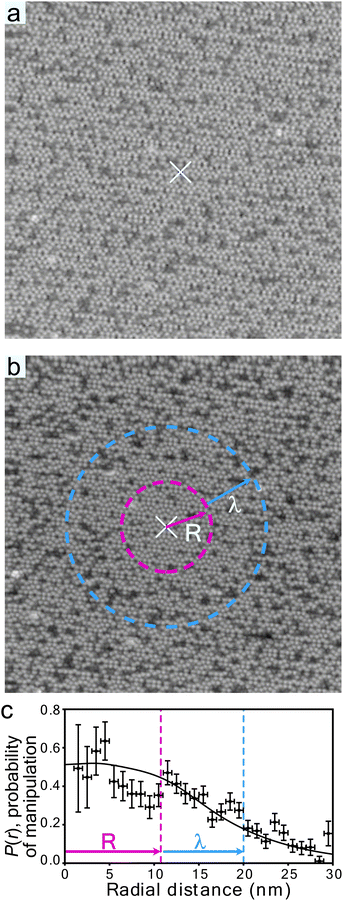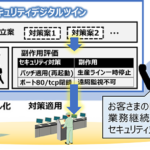バース大学の発見により、ホットエレクトロンの測定と制御のための新しいルートが開かれた。これにより、太陽電池の電力源としてより多くのエネルギーを利用できるようになることが期待される。 A Bath discovery opens a new route for measuring and controlling hot electrons. The hope is that more energy will be available to power solar cells.
2022-11-22 バース大学
ホットセルとは、従来の太陽電池よりも効率よく太陽光を電気に変換することができる新しいタイプの電池である。しかし、このプロセスの効率は、高エネルギー電子、すなわち「ホット」電子の生成によって制限される。この電子は極めて短命で、生成後数フェムト秒(1フェムト秒は1秒の1/10,000,000,000)以内にそのエネルギーのほとんどを周囲のものに奪われてしまう。
研究者たちは、走査型トンネル顕微鏡(STM)を使ってホットエレクトロンの研究を行った。この装置は、個々の原子や分子を画像化するために設計されている。この装置では、1つの標的分子に小さな電流(ホットエレクトロン・ビーム)を流すことで、標的を動かしたり、回転させたり、化学結合を切断したり、新しい化学結合を作ったりして、操作することもできる。
研究者たちは、従来の実験を覆すことに成功した。電子ビームを使って標的分子の働きを測定・制御するのではなく、分子を使って電子自身の働きを測定したのだ。
この研究は、ホットエレクトロンのプロセスを定量的かつ正確に測定し、それを制御するための新しい道を開くものである。
<関連情報>
- https://www.bath.ac.uk/announcements/can-a-new-technique-for-capturing-hot-electrons-make-solar-cells-more-efficient/
- https://pubs.rsc.org/en/content/articlehtml/2022/na/d2na00644h
表面電子バンド構造とホットエレクトロン誘起分子ナノプローブ実験の電圧依存性を結びつける自己無撞着モデル A self-consistent model to link surface electronic band structure to the voltage dependence of hot electron induced molecular nanoprobe experiments
Peter A. Sloan and Kristina R. Rusimova
Nanoscale Advances Published:17th October 2022
DOI: 10.1039/D2NA00644H

Abstract
Understanding the ultra-fast transport properties of hot charge carriers is of significant importance both fundamentally and technically in applications like solar cells and transistors. However, direct measurement of charge transport at the relevant nanometre length scales is challenging with only a few experimental methods demonstrated to date. Here we report on molecular nanoprobe experiments on the Si(111)-7 × 7 at room temperature where charge injected from the tip of a scanning tunnelling microscope (STM) travels laterally across a surface and induces single adsorbate toluene molecules to react over length scales of tens of nanometres. A simple model is developed for the fraction of the tunnelling current captured into each of the surface electronic bands with input from only high-resolution scanning tunnelling spectroscopy (STS) of the clean Si(111)-7 × 7 surface. This model is quantitatively linked to the voltage dependence of the molecular nanoprobe experiments through a single manipulation probability (i.e. fitting parameter) per state. This model fits the measured data and gives explanation to the measured voltage onsets, exponential increase in the measured manipulation probabilities and plateau at higher voltages. It also confirms an ultrafast relaxation to the bottom of a surface band for the injected charge after injection, but before the nonlocal spread across the surface.



